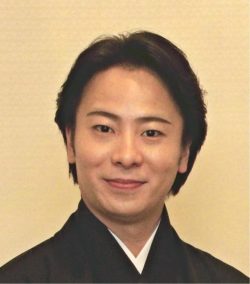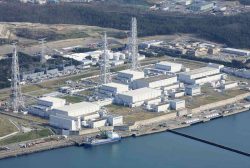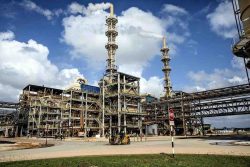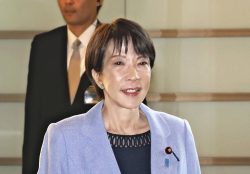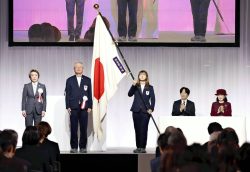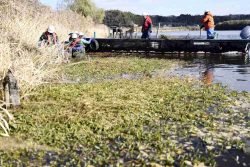Test Removal of Nuclear Fuel Debris Begins at Fukushima Power Plant; Fishing-Rod Device Inserted Into Containment Vessel

The Fukushima No. 1 nuclear power plant in Fukushima Prefecture is seen on Tuesday morning.
16:53 JST, September 10, 2024
Tokyo Electric Power Company Holdings, Inc. on Tuesday started removing melted nuclear fuel on a trial basis from the No. 2 reactor at the Fukushima No. 1 nuclear power plant, entering a new phase of decommissioning work.
The extraction of nuclear fuel debris, considered the most difficult part of the decommissioning work, began for the first time since the nuclear accident following the Great East Japan Earthquake in March 2011.
The government and TEPCO are aiming to complete the decommissioning work by 2051. With the start of the debris removal, the work has entered the final stage of the three-phase process.
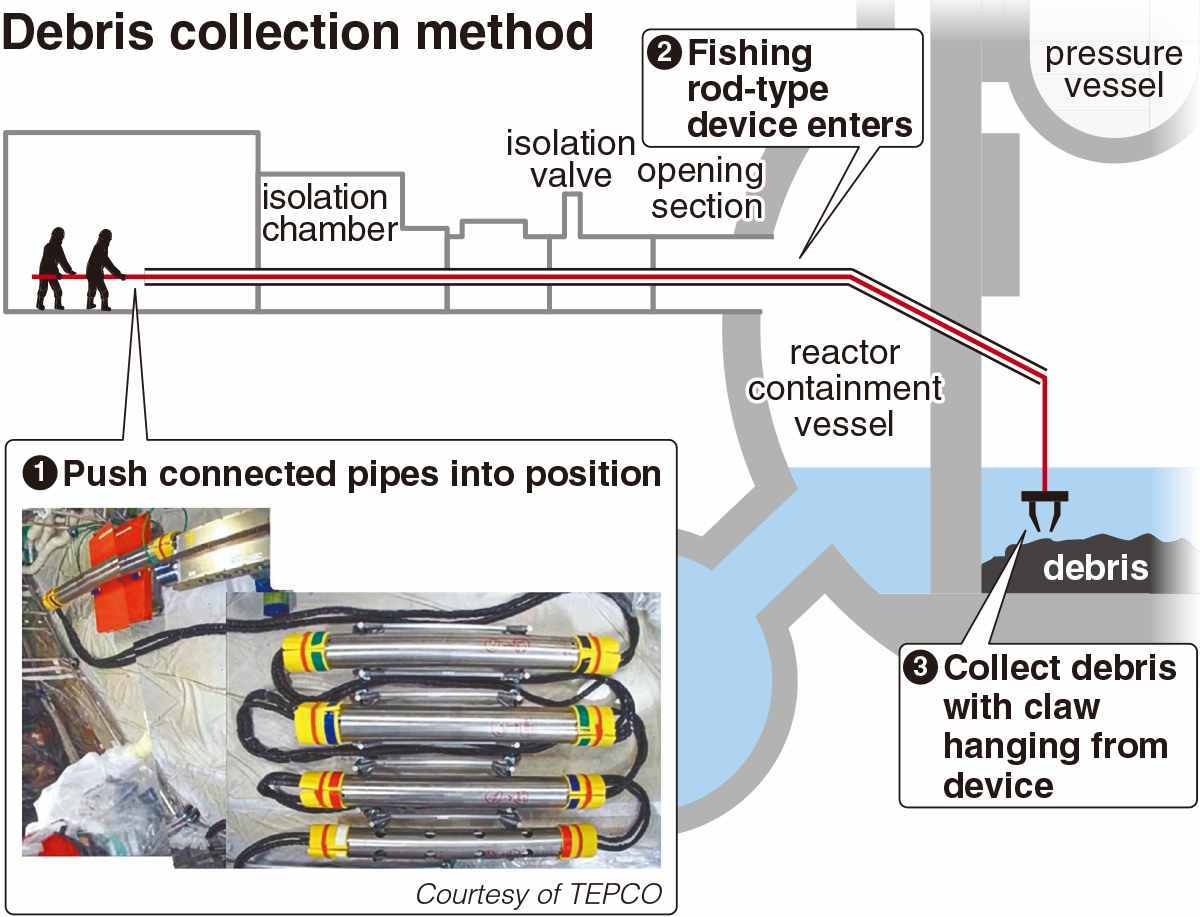
TEPCO had initially planned to begin a test extraction on Aug. 22 by inserting a debris-removal device resembling a fishing rod beyond an isolation valve that separates the reactor containment vessel from the outside. However, it was found that the pipes to push the device into the vessel had been connected in the wrong order, resulting in the suspension of preparations before the actual removal took place.
On Tuesday, the work resumed at 6:34 a.m. The device was confirmed to be inserted beyond the valve at 7:20 a.m. A TEPCO employee was on standby outside the No. 2 reactor building to monitor the situation in case of any abnormalities.
The next step will be to collect up to 3 grams of pebble-shaped debris, using a claw attached to a cable that hangs from the fishing rod-like device.
Since the radiation level of the debris is extremely high, the removal work will mainly be done remotely. About two weeks will likely be required to transport the collected debris out of the reactor. If the debris is successfully removed, its composition and hardness will be analyzed and used as a reference to plan full-scale debris removal.
In the 2011 meltdowns at the Nos. 1 to 3 reactors, the melted nuclear fuel solidified together with metals and other materials inside the reactors to form debris.
A total of about 880 tons of debris is estimated to remain inside the three reactors. More than 80 kilograms would have to be collected from the reactors every day to remove all of it to complete the decommissioning work by the 2051 target set by the government and TEPCO.
The three-phase decommissioning work by the government and TEPCO began in December 2011. In the first phase, they began a trial operation of equipment to purify contaminated water into treated water. In the second phase, which began in November 2013, the device to remove debris was developed, and the discharge of treated water into the ocean. The decommissioning process has now entered the third and final phase.
The government and TEPCO had initially planned to start a test extraction in 2021. However, it was found to be too difficult for the previously planned device to pass through a narrow space.
After three postponements, TEPCO in January decided to use the fishing rod-type device, which had been used in previous internal inspections.
"Society" POPULAR ARTICLE
-

Tokyo Zoo Wolf Believed to Have Used Vegetation Growing on Wall to Climb, Escape; Animal Living Happily after Recapture
-

JAL, ANA Cancel Flights During 3-day Holiday Weekend due to Blizzard
-

Snow Expected in Tokyo, Neighboring Prefectures from Jan. 2 Afternoon to Jan. 3; 5-Centimeter Snow Fall Expected in Hakone, Tama, and Chichibu Areas
-

Tokyo, Yokohama Observe First Snowfall of Season; 1 Day Earlier than Average Year
-

M6.2 Earthquake Hits Japan’s Tottori, Shimane Prefectures; No Tsunami Threat (Update 4)
JN ACCESS RANKING
-

Japan Govt Adopts Measures to Curb Mega Solar Power Plant Projects Amid Environmental Concerns
-

Core Inflation in Tokyo Slows in December but Stays above BOJ Target
-

Major Japan Firms’ Average Winter Bonus Tops ¥1 Mil.
-

Tokyo Zoo Wolf Believed to Have Used Vegetation Growing on Wall to Climb, Escape; Animal Living Happily after Recapture
-

JAL, ANA Cancel Flights During 3-day Holiday Weekend due to Blizzard



